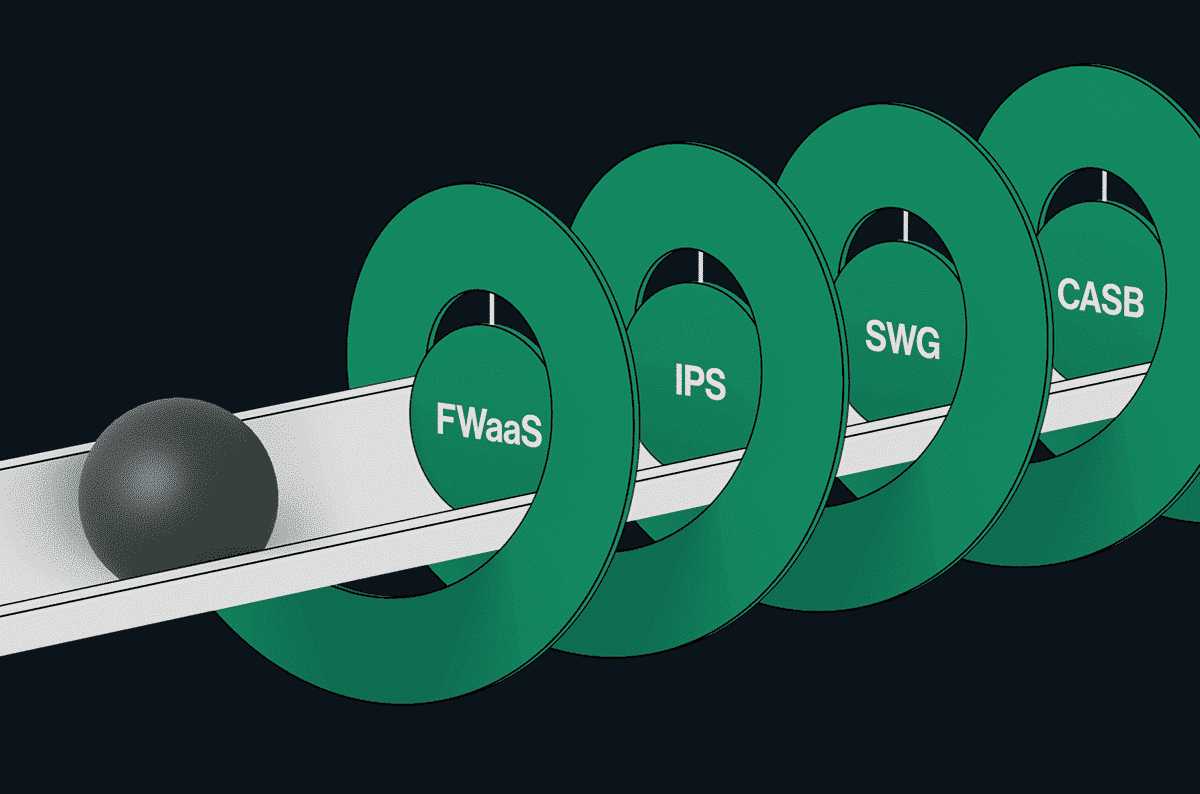A True Zero Trust Architecture Requires Security Integration

|
Listen to post:
Getting your Trinity Audio player ready...
|
While zero trust promises reduced exposure to security incidents and data breaches, as well as simplified compliance with regulatory requirements, deploying a zero trust architecture is not as simple as implementing least privilege access controls and replacing legacy virtual private networks (VPNs) with zero trust network access (ZTNA). Effective zero trust security acknowledges that strict access controls will not block all threats and takes steps to manage the security risks of authenticated users.
An integrated security architecture that goes beyond ZTNA is essential for effective zero trust security.
Zero Trust is About More Than Access Controls
Zero trust is a model intended to address the security risks associated with the legacy, perimeter-focused security model. Under this model, insiders — connected directly or via a VPN — are granted unrestricted access to corporate networks, systems, and applications.
Due to the limitations of VPNs, the focus of zero trust discussions is often on controlling users’ access to corporate resources. By strongly authenticating users and implementing the principle of least privilege and granting users only the access and permissions that are required for their roles, access management can significantly decrease an organization’s security risks.
However, strong user authentication and access control are not enough for zero trust. While zero trust can ensure that only legitimate, authenticated users have access to corporate resources, these users can still pose a threat due to malice, negligence, or compromised devices. Additionally, attackers may target an organization through attack vectors not associated with user accounts, such as exploiting a vulnerable web application. Effective zero trust architectures must have controls in place to address the threats not mitigated by strong access control.
Microsegmentation Limits Corporate Security Risks
Network segmentation is not a new concept. The legacy castle-and-moat security model is designed to segment an organization’s internal, private network from the public Internet. By forcing all traffic crossing this border to flow through network firewalls and other security solutions, organizations prevent some threats from ever reaching their systems.
Microsegmentation is designed to manage the potential damage caused by threats that manage to bypass perimeter-based defenses and gain access to an organization’s internal network. By breaking the enterprise network into multiple small networks, microsegmentation makes it more difficult for a threat to move laterally through an organization’s systems.
The primary goal of zero trust security is to limit the probability and impact of security incidents, but these breaches will still happen. Microsegmentation reduces the impact of these breaches by limiting the systems, applications, and data that an attacker can access without crossing additional security boundaries and subjecting their actions to further inspection.
Microsegmentation Needs More Than Just ZTNA
For many organizations, ZTNA is the cornerstone of their zero trust security strategy. By replacing legacy, insecure VPNs with ZTNA, an organization gains the ability to enforce least-privilege access controls and dramatically reduce the probability and impact of cybersecurity incidents.
However, while ZTNA is an invaluable solution for zero trust security, it’s not enough on its own. ZTNA provides the access controls needed for zero trust, but additional solutions are needed to implement microsegmentation effectively. In addition to ZTNA’s access controls, companies also need to be able to inspect network traffic and block potential threats from crossing network boundaries.
True zero trust security requires multiple solutions, not only ZTNA but also a network firewall and advanced threat prevention capabilities. Ideally, these solutions should be integrated together into a single solution, providing an organization with comprehensive security visibility and management without the complexity and network performance impacts of a sprawl of disparate standalone security solutions.
Using SASE For ZTNA: The Future of Post-Covid 19 IT Architecture | WebinarSSE and SASE Enable Effective Zero Trust Security
Security Service Edge (SSE) and Secure Access Service Edge (SASE) are the ideal solution for implementing a corporate zero trust program.
SSE and SASE converge ZTNA, Firewall as a Service (FWaaS), and Advanced Threat Prevention capabilities — including an Intrusion Prevention System (IPS) and Next-Generation Anti-Malware (NGAM) within a single solution. Additionally, as a cloud-native security platform, SSE or SASE can be deployed near an organization’s users and devices, minimizing network performance impacts while providing consistent security visibility and policy enforcement across the corporate WAN.
Cato provides the world’s most robust single-vendor SASE platform, converging Cato SD-WAN and a cloud-native security service edge, Cato SSE 360, including ZTNA, SWG, CASB/DLP, and FWaaS into a global cloud service. With over 75 PoPs worldwide, Cato optimizes and secures application access for all users and locations, and is easily managed from a single pane of glass. Learn more about implementing an effective zero trust security program with Cato SASE Cloud by signing up for a free demo today.














